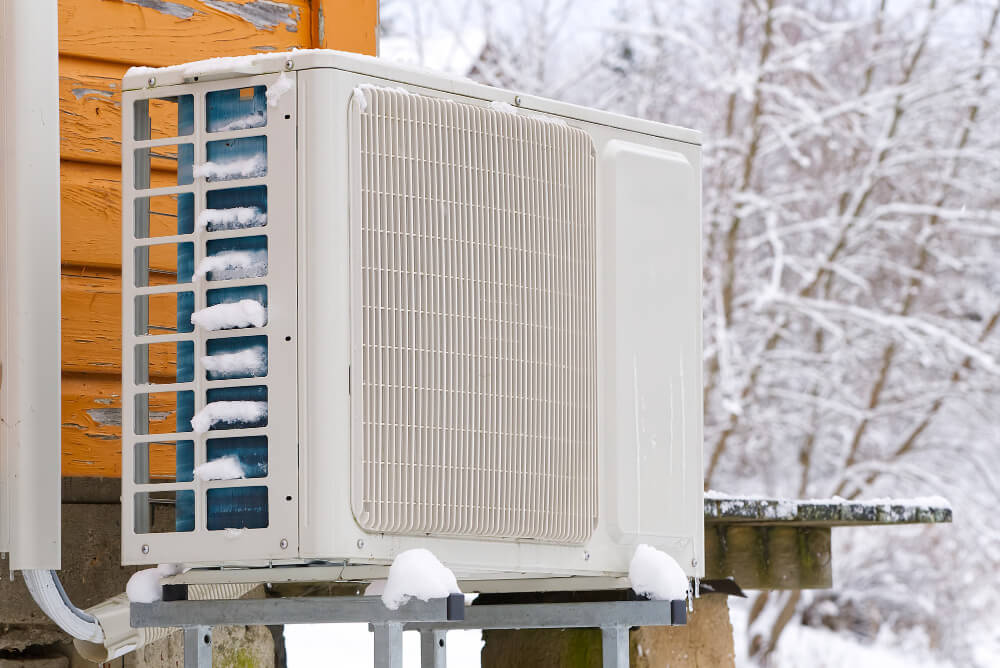
You're in the middle of a heatwave. You reach for the power button on your AC unit but instantly remember your electric bill from last year. ABS Air Conditioning Company in Tampa, FL, has the solution—you can stay cool and save your wallet at the same time.
A heat pump uses less energy, equating to lower cooling costs. They are also better for the environment. If you'd like to learn more about how heat pump systems work and how to use them, keep reading!
First, let’s take a look at what a heat pump is. A heat pump is a two-component piece of equipment that can both heat your home during the winter and cool it off during the summer. In this case, you don’t need to install two separate heating and cooling systems.
On top of this convenience, heat pumps don’t rely on combustibles to create heat like a furnace, nor do they burn an excessive amount of energy to produce a cool atmosphere like an AC. Instead, they simply move around heat from the air. That does require some energy, but it's far less than a traditional HVAC system.
The short answer? A heat pump uses refrigerant and electricity to either transfer warm air in or out of your home. The unit consists of two primary components connected by refrigerant lines: an outdoor compressor and an indoor air handler.
When cooling your home, a heat pump works similarly to an air conditioner. The system pulls in warm air from your home, where it passes over a refrigerant coil. Low-pressure liquid refrigerant will always absorb heat, causing it to convert to a low-pressure gas, which is exactly what happens in the heat pump.
The cooler air flows then back into your home, while the refrigerant gas moves into the outdoor condenser unit, where it's pressurized and converts to a high-pressure gas before moving into the outdoor coil.
As the high-pressure gas holds more energy than the air outside, the surrounding air absorbs heat from the refrigerant, allowing it to condense back into a liquid. The liquid refrigerant then passes through an expansion valve to release pressure before flowing back into the indoor unit in its original low-pressure liquid form, ready to begin the process all over again.
When warming your home, the process works in reverse. The outdoor unit pulls air from outside over low-pressure, liquid refrigerant. Regardless of the temperature outside, there’s always heat energy in the air. As that air has more heat energy than the low-pressure refrigerant, the heat transfers.
As the liquid refrigerant absorbs heat, it converts to a low-pressure gas, which then passes through the compressor. The now high-pressure heated gas flows into the indoor unit, where cool air from inside is pushed over it. The refrigerant gas has more heat energy than the cool air in your home, so it releases the heat into the air, condenses to a liquid, passes through an expansion valve, and flows back outside, ready to move more heat inside.
ABS Air Conditioning Company is the go-to contractor for installation and heat pump repairs in Tampa, FL. Call 813-579-6658 to schedule an appointment today.